



This is a regular gathering (currently online) held by Tampa Bay Women in Tech, which they use for open discussion — “an idea you want to unpack, a situation you need to temperature check, or a strategy you would like feedback, we have our own in-house experts here.”
✅ Find out more / register for this event here.

When it comes to seminars on the topic of job hunting or career building in Tampa Bay, you can always count on the folks at Computer Coach/Tampa Bay Tech Career Advice Forum to provide useful info. Even though it’s the era of “The Great Resignation”, you still can’t land a job without using at least a couple of strategies.
✅ Find out more / register for this event here.

This is billed as a “virtual fireside chat” by its hosts, Flatiron School and SecureSet Academy, featuring A career coach chatting with a cybersecurity bootcamp grad about how they broke into this in-demand industry. That’s not all that different from my story, and let me tell you: Working in the cybersecurity industry is pretty nice.
✅ Find out more / register for this event here.
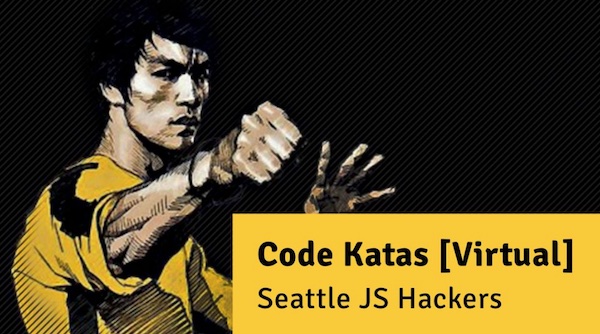
A kata (from Japanese, meaning “form”) is a pattern of martial arts moves that are used as practice of the fundamentals to improve your fighting technique. A code kata is a coding exercise where you practice the fundamentals to improve your coding technique.
This is a joint Tampa Bay / Seattle online event, which will give you the opportunity to work with coders you probably haven’t met before.
✅ Find out more / register for this event here.

At this online event, these speakers from PwC will talk about tech trends in their areas of work:
✅ Find out more / register for this event here.

This is a regular online event (every Wednesday) where locals work on an Android app using the Kotlin programming language.
Topics that will be explored are:
✅ Find out more / register for this event here.
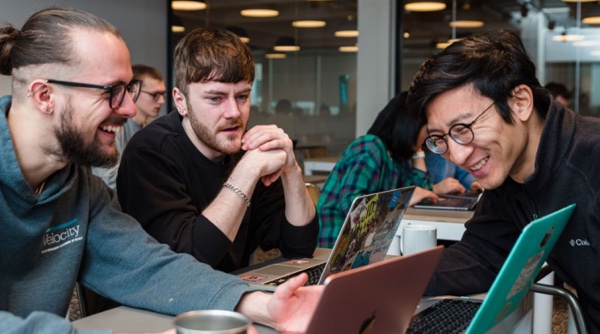
✅ Find out more / register for this event here.
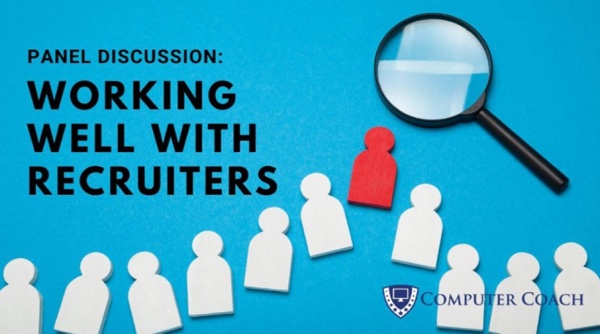
The Computer Coach/Tampa Bay Tech Career Advice Forum folks wrap up the working week with this online session where they’ve put together this panel of veteran recruiters to discuss how to effectively work with staffing firms and discuss tips and tricks for job seekers.
✅ Find out more / register for this event here.
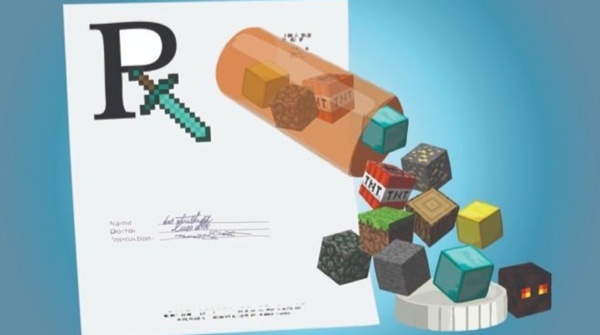
This is an informal networking event open to new and veteran game developers from any background. Bring your projects, discuss best practices, share recommended plugins, code walkthroughs, debug your code, and brainstorm awesome game ideas.
✅ Find out more / register for this event here.
I stumbled across the headline I really hate the Medium experience, which resonated with me because — well, I really hate the Medium experience. When I tried to follow the link to read the article, I was presented with this:
And that perfectly (and self-referentially too!) sums up the Medium experience.
If you’re writing developer articles, don’t write on Medium.
It won’t grow your audience or your reputation, the knowledge you’re trying to share will remain hidden as developers look elsewhere for answers, and you won’t be in control of your own content. Medium promises monetization, but speaking as someone who used to be able to pay the rent on Adsense revenues, articles don’t monetize that well anymore, and Medium pays worse.
Get a domain, set up whatever publishing system works for you, and post your articles there.

Androids: The Team That Built the Android Operating System is a new book written by Chet Haase, a long-time lead on the Android UI toolkit team, and more recently, an Android developer advocate.

Haase has been on the Android team since 2010, which is back when it was still considered to be the “wild card” in the race for mobile OS dominance. This gives him serious “in the room where it happened” cred, as well as access to people, photos, documentation, and other behind-the-scenes information about the creation of a operating system that now drives over 3 billion active devices today.
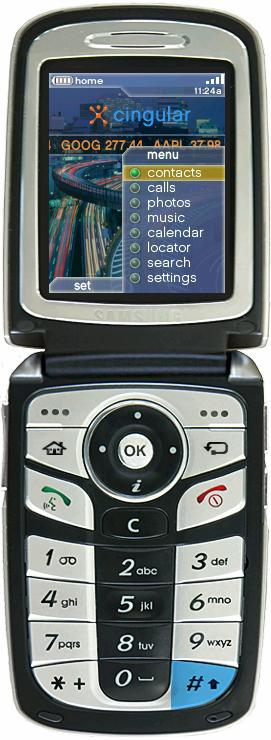
Android wasn’t originally meant to be a phone OS. The original plan was for it to be an advanced OS for digital cameras, which were more common back in the early 2000s, and it’s the use case they presented to investors in early 2004.
It was later decided that the camera market wasn’t big enough, and that Android should aim for the same space occupied by the big mobile operating systems at the time: Symbian (the most popular mobile OS until 2010) and Windows Mobile. They courted Samsung and HTC, but in July 2005, Google made the prescient decision to acquire Android for $50 million. According to Wikipedia, this move was described in 2010 as Google’s “best deal ever” by their then VP of corporate development, David Lawee, to whom I reported during the dot-com era at OpenCola.

Androids is an insider’s history of the Android operating system, but Haase also promises that it won’t be above a non-techie’s head:
Instead, it’s a history: It describes the events, stories, experiences, thinking, and decisions made by the Android team, most notably in the early days, well before the present-day concept of a smartphone existed.
Want to find more about the book? Check out these articles:
Want to get the book? There are a couple of ways to do so:
The book will also be available in paperback form.
Here’s another reason to buy the book: Haase is donating profits from the book to Black Girls Code and Women Who Code.
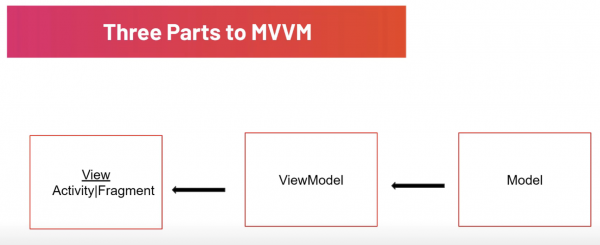
Last week, I pointed you to Tutorials.EU’s video tutorial, Everything You Need To Know About Retrofit in Android | Get Data from an API, which showed you how to build an app that accesses the Rick and Morty API using the Retrofit HTTP client for Android.

This week, they expand on that tutorial by showing you how to clean up the project’s architecture by refactoring it so that it uses the MVVM (Model-View-ViewModel) architecture:

This video is the second in a series. In next week’s video, you’ll change the implementation so that it uses coroutines to perform tasks in the background.
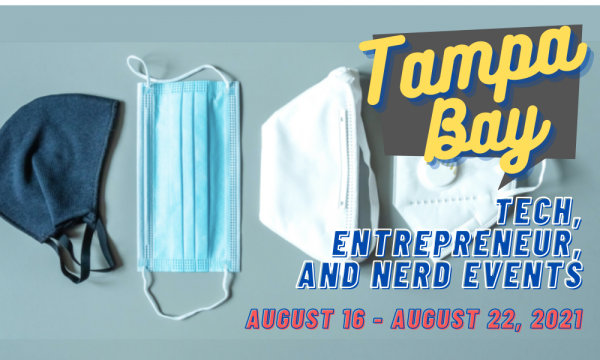
Here’s your weekly list of tech, entrepreneur, and nerd events — plus a little area tech news — for Tampa Bay and surrounding areas for the week of Monday, August 16 through Sunday, August 22, 2021.
This is a weekly service from Tampa Bay’s tech blog, Global Nerdy! For the past four years, I’ve been compiling a list of tech, entrepreneur, and nerd events happening in Tampa Bay and surrounding areas. There’s a lot going on in our scene here in “The Other Bay Area, on the Other West Coast”!
As far as event types go, this list casts a rather wide net. It includes events that would be of interest to techies, nerds, and entrepreneurs. It includes (but isn’t limited to) events that fall under the category of:
I’m moving this list to Fridays so that you’ve got more time to plan for the upcoming week. Let me know if this change works for you (or if it doesn’t)!
By “Tampa Bay and surrounding areas”, this list covers events that originate or are aimed at the area within 100 miles of the Port of Tampa. At the very least, that includes the cities of Tampa, St. Petersburg, and Clearwater, but as far north as Ocala, as far south as Fort Myers, and includes Orlando and its surrounding cities.
Let me know at joey@joeydevilla.com!
If you’d like to get this list in your email inbox every week, enter your email address below. You’ll only be emailed once a week, and the email will contain this list, plus links to any interesting news, upcoming events, and tech articles. Join the Tampa Bay Tech Events list and always be informed of what’s coming up in Tampa Bay!

On Thursday, August 12th from 5:30 p.m. – 7:30 p.m. at Embarc Collective, TiE Tampa Bay will host Florida’s Office of Financial Regulation Commissioner, Russell C. Weigel III in an event titled Funding Florida’s Growth. It will include a networking reception followed by their special guest speakers:
As the event page says:
The goal is to promote Florida’s economy by creating a self-sustaining, in-state capital market where many newly formed businesses can obtain seed or expansion capital. The desired outcome is to have Florida residents and businesses receive capital from within our state and ultimately remain in Florida and contribute to the state’s economy.
Visit the event page to find out more or to register for the event!